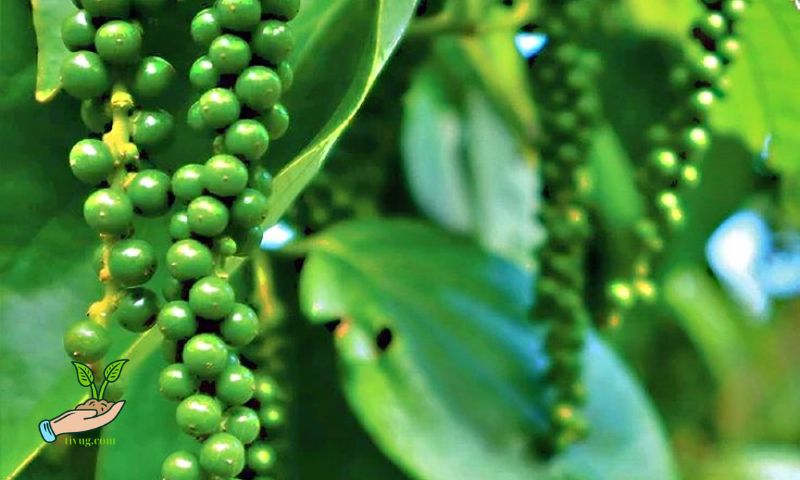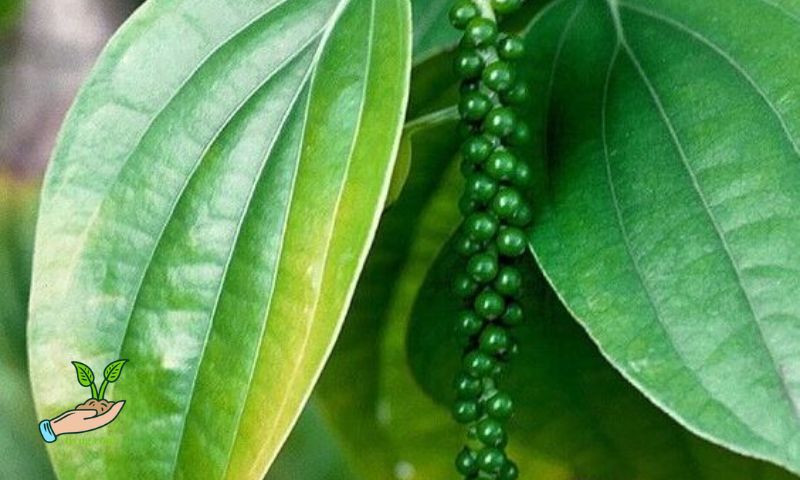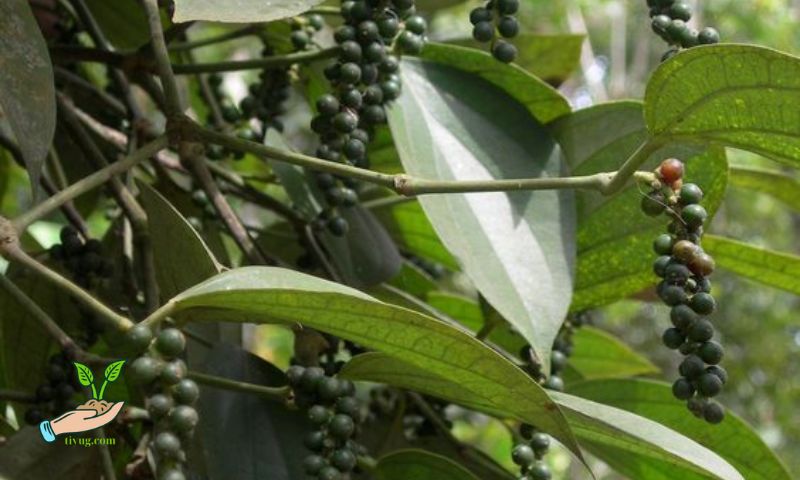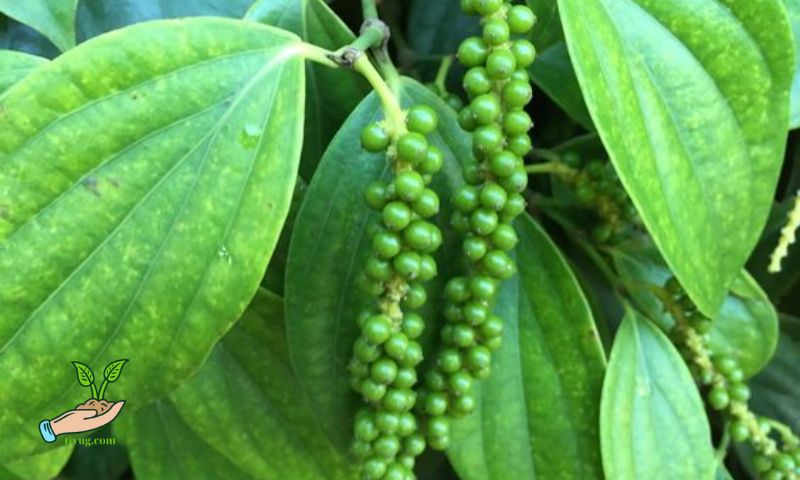Pepper plants, known for their flavorful fruits and versatility in culinary dishes, are propagated through various methods to ensure robust growth and high yields. Whether you’re a seasoned gardener or a novice enthusiast, understanding the different propagation techniques can significantly enhance your success in cultivating peppers. This comprehensive guide explores the intricacies of seed propagation, cutting propagation, grafting, and layering, providing insights into each method’s advantages, challenges, and application in pepper cultivation.
Introduction
Pepper propagation forms the backbone of successful cultivation, influencing plant vigor, fruit quality, and overall yield. By mastering the art of propagation, growers can sustainably expand their pepper production and ensure the continuity of desirable traits in their plants. This guide delves into four primary methods: seed propagation, cutting propagation, grafting, and layering, offering practical knowledge to empower growers in their pepper-growing journey.
Seed Propagation

Seed propagation remains one of the most accessible and widely practiced methods for growing peppers. It begins with a careful selection of high-quality seeds, preferably from healthy, disease-resistant parent plants. Before sowing, seeds should undergo stratification—a process that mimics natural winter conditions to improve germination rates. Pepper seeds typically germinate best in warm, moist environments, ideally maintained at temperatures between 70-80°F (21-27°C).
To sow pepper seeds, prepare a well-draining seedling tray filled with a light, nutrient-rich seed-starting mix. Plant seeds at a depth of approximately ¼ inch (6 mm) and cover lightly with soil. Maintain consistent moisture levels, ensuring the soil remains evenly moist but not waterlogged. Germination usually occurs within 7-14 days under optimal conditions.
Once seedlings develop true leaves, transplant them into larger containers or directly into the garden bed, spacing plants according to their mature size and growth habits. Regular watering, adequate sunlight, and balanced nutrition are essential for fostering healthy pepper seedlings.
Seed propagation offers growers the advantage of starting from scratch, allowing them to select specific pepper varieties and experiment with different cultivars. However, it requires patience and careful management of environmental conditions to achieve successful germination and early growth.
Cutting Propagation
Cutting propagation, also known as vegetative propagation, involves taking stem cuttings from mature pepper plants to propagate genetically identical clones. This method is particularly favored for preserving desirable traits, such as fruit size, flavor, and disease resistance, without relying on seeds.
To propagate peppers from cuttings, select healthy, disease-free stems from the parent plant. Choose stems that are semi-hardwood, neither too young nor too woody, typically taken from the current season’s growth. Using a sharp, sterilized knife or pruning shears, cut stems approximately 4-6 inches (10-15 cm) long, making clean cuts just below a leaf node.
Remove lower leaves from the cutting to expose the nodes, where roots will develop. Dip the cut end of the stem into a rooting hormone powder to promote root growth, then insert it into a container filled with a well-draining rooting medium, such as perlite or vermiculite. Keep the medium consistently moist and maintain high humidity around the cuttings to encourage root formation.
Place the container in a warm, bright location with indirect sunlight, avoiding direct exposure to intense sunlight that could stress the cuttings. Within 3-6 weeks, roots should develop, signaling successful propagation. Once roots are established, gradually acclimate the young plants to outdoor conditions before transplanting them into their permanent growing locations.
Cutting propagation offers several advantages, including faster maturity and earlier fruiting compared to seed-grown plants. It allows growers to propagate exact replicas of their preferred pepper varieties, ensuring uniformity and consistency in crop production. However, successful cutting propagation requires precise techniques and careful monitoring of environmental conditions to achieve optimal results.
Grafting

Grafting represents an advanced propagation technique used to combine the desirable characteristics of different pepper varieties onto a single rootstock. This method is particularly valuable for improving disease resistance, enhancing fruit quality, and adapting plants to specific soil conditions or climates.
The grafting process begins with selecting a compatible rootstock and scion—a small section of stem containing buds from the desired pepper variety. Rootstocks are chosen for their vigorous root systems and ability to impart beneficial traits, such as disease resistance or tolerance to environmental stressors.
To graft peppers, make a diagonal cut near the base of the rootstock and scion, ensuring the cuts align perfectly to maximize contact between the vascular tissues. Secure the union using grafting clips or grafting tape to prevent desiccation and promote healing. Place the grafted plants in a humidity-controlled environment to facilitate healing and integration of the graft union.
After successful grafting, monitor the plants closely for signs of rejection or failure, adjusting environmental conditions as needed to support graft survival. Once the graft union has healed and new growth emerges, gradually acclimate the plants to outdoor conditions before transplanting them into the garden or field.
Grafting offers unparalleled flexibility in pepper cultivation, allowing growers to combine the strengths of different varieties while overcoming inherent weaknesses. However, it requires specialized skills, precise techniques, and careful management throughout the grafting process to achieve successful outcomes.
Layering
Layering is an alternative propagation method that involves encouraging roots to develop on a stem while it is still attached to the parent plant. This technique is well-suited for peppers with flexible stems that can be easily manipulated and covered with soil to promote root formation.
To layer peppers, identify a healthy, low-growing stem close to the ground. Gently wound the stem by removing a small section of bark or creating a shallow incision to stimulate root growth. Secure the wounded section to the soil surface using a U-shaped pin or bury it under a layer of moist soil, leaving the tip of the stem exposed.
Keep the layered stem consistently moist and provide light shade to prevent excessive moisture loss and stress on the developing roots. Over time, roots will emerge from the wounded section of the stem, indicating successful layering. Once roots are well-established, carefully detach the rooted section from the parent plant and transplant it into its designated growing area.
Layering offers a straightforward and natural approach to propagation, requiring minimal equipment or specialized materials. It allows growers to propagate pepper plants without interrupting the growth of the parent plant, ensuring a seamless transition for the newly rooted sections. However, layering may take longer to produce mature plants compared to other propagation methods.
Comparison of Methods

Each propagation method—seed propagation, cutting propagation, grafting, and layering—offers distinct advantages and challenges suited to different growing conditions and objectives. Seed propagation allows for genetic variability and experimentation with new varieties, while cutting propagation ensures genetic uniformity and faster maturity. Grafting enhances plant vigor and adaptability, whereas layering provides a non-invasive method for expanding plant populations.
The choice of propagation method depends on factors such as available resources, desired outcomes, and environmental considerations. Growers in regions with limited access to quality seeds may prefer cutting propagation or grafting to maintain consistent crop quality and productivity. Conversely, gardeners seeking to introduce new pepper varieties may opt for seed propagation to explore genetic diversity and adaptability.
Considerations such as climate resilience, disease resistance, and growth characteristics should also influence the selection of a suitable propagation method. In colder climates, grafting may improve cold tolerance and extend the growing season, while in humid regions, cutting propagation or layering can mitigate disease risks and promote healthy plant establishment.
Conclusion
Mastering the art of pepper propagation empowers growers to expand their agricultural practices and cultivate high-quality peppers with confidence. By understanding the nuances of seed propagation, cutting propagation, grafting, and layering, growers can leverage these methods to enhance crop resilience, optimize yield potential, and preserve valuable genetic diversity.
Whether you’re starting with seeds, experimenting with cuttings, exploring grafting techniques, or practicing layering, each method offers unique advantages tailored to specific cultivation goals. Through careful planning, precise execution, and ongoing experimentation, growers can elevate their pepper-growing experience and contribute to sustainable agriculture practices.

